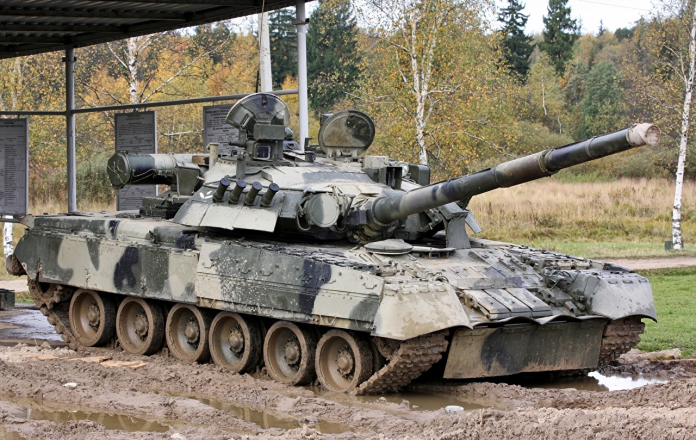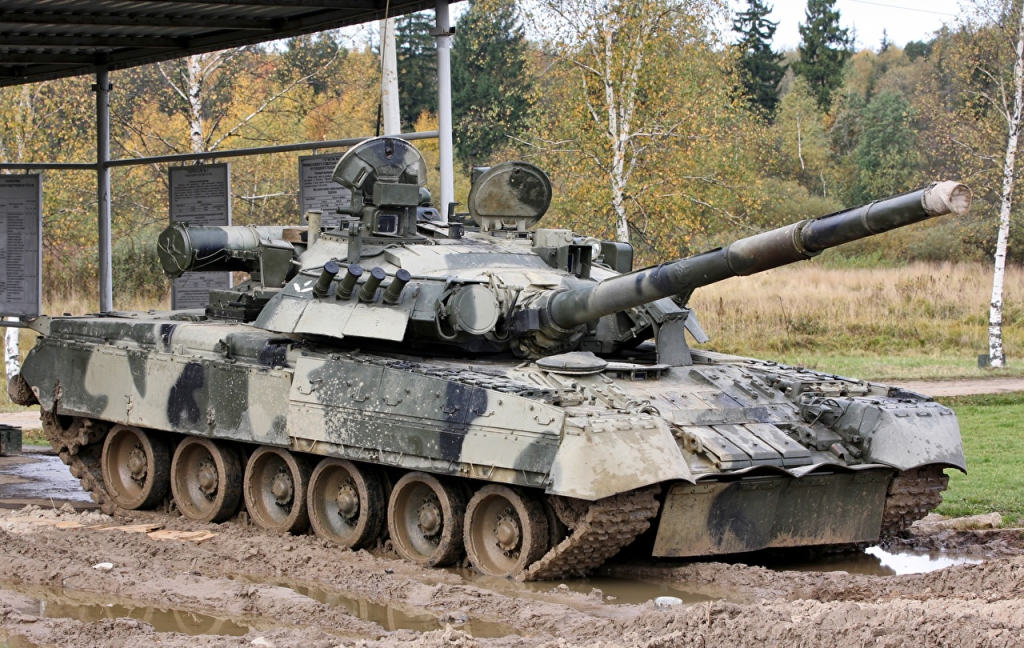
At the start of 2025, Russia had lost more than 11,000 tanks and infantry fighting vehicles in Ukraine, an astonishing rate of attrition that has taken its armoured troops to the breaking point. The majority of these are Soviet-era tanks, T-64s, T-72s, and T-80s, most of which were already outdated when hostilities began.
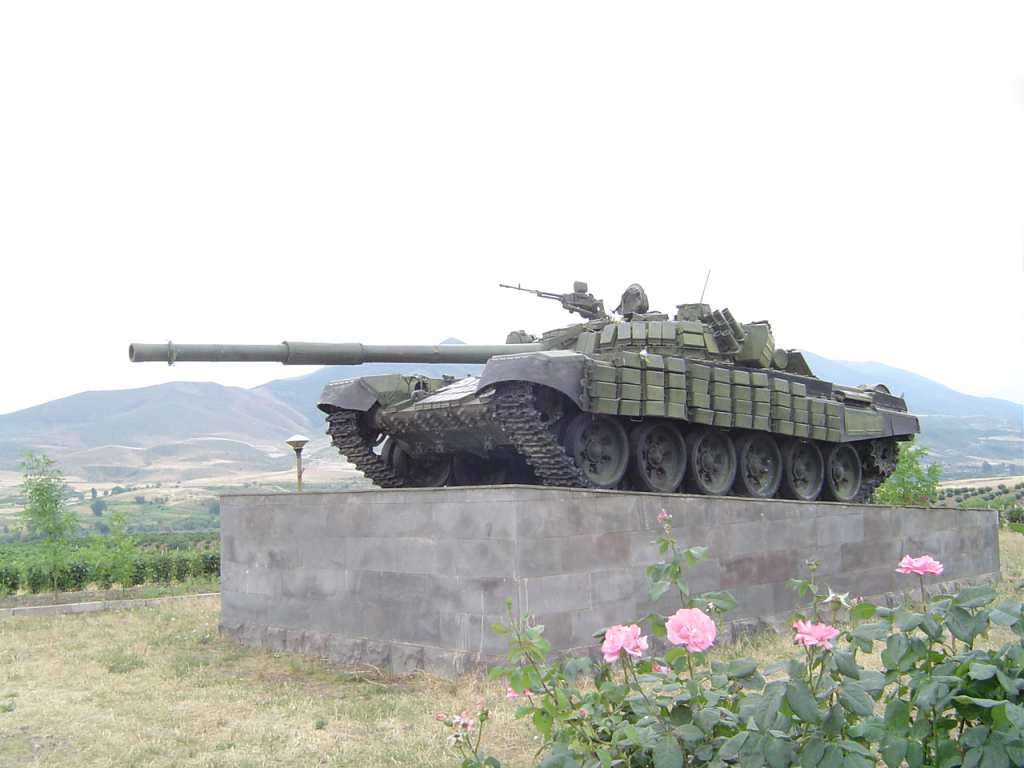
The attrition is not merely a matter of numbers; it is eroding Russia’s technological edge in armoured forces and forcing the Kremlin to take increasingly difficult production and procurement decisions.
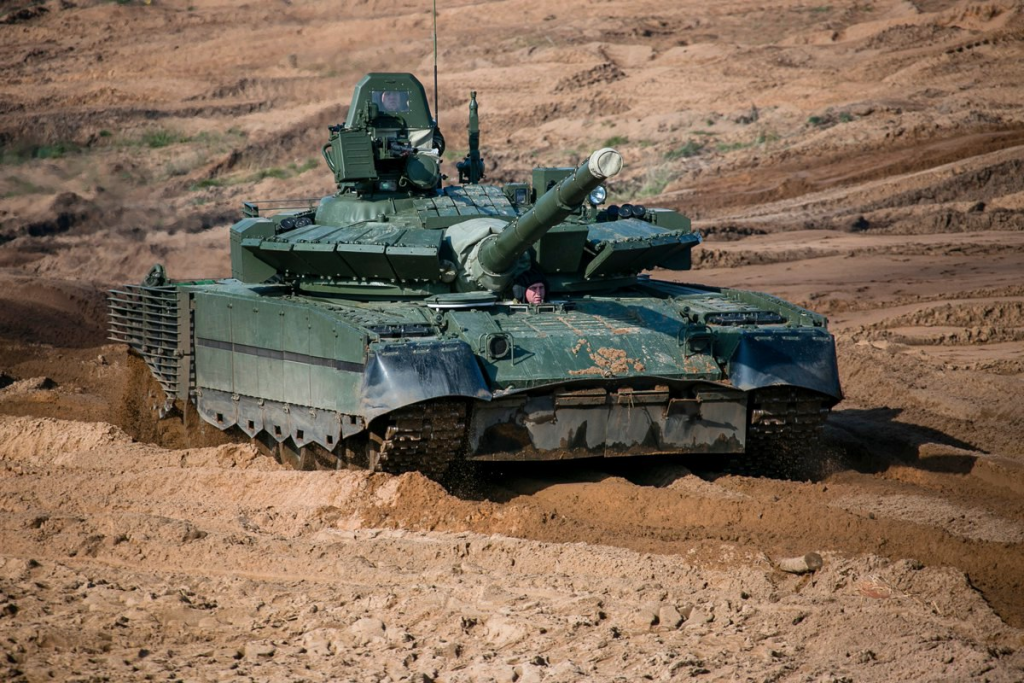
1. The T-80 and the Collapse of Soviet-Era Armour
The T-80, once a pride project of Soviet late-1970s engineering, has suffered most. Approximately 1,200 have been sighted destroyed. Its 1,000-horsepower gas-turbine engine gave it speed and winter performance, but also crippling fuel expenses and upkeep. During the dust-filled Ukrainian summers, these disadvantages collectively bore down. As retired military man Viktor Kevliuk noted, “The capacities of Russian industry to create contemporary tanks are extremely low, with 100–200 tanks annually.” With T-80 reserves virtually exhausted, the army is now using T-62s diagnostic designs from the early 1960s in frontline action.
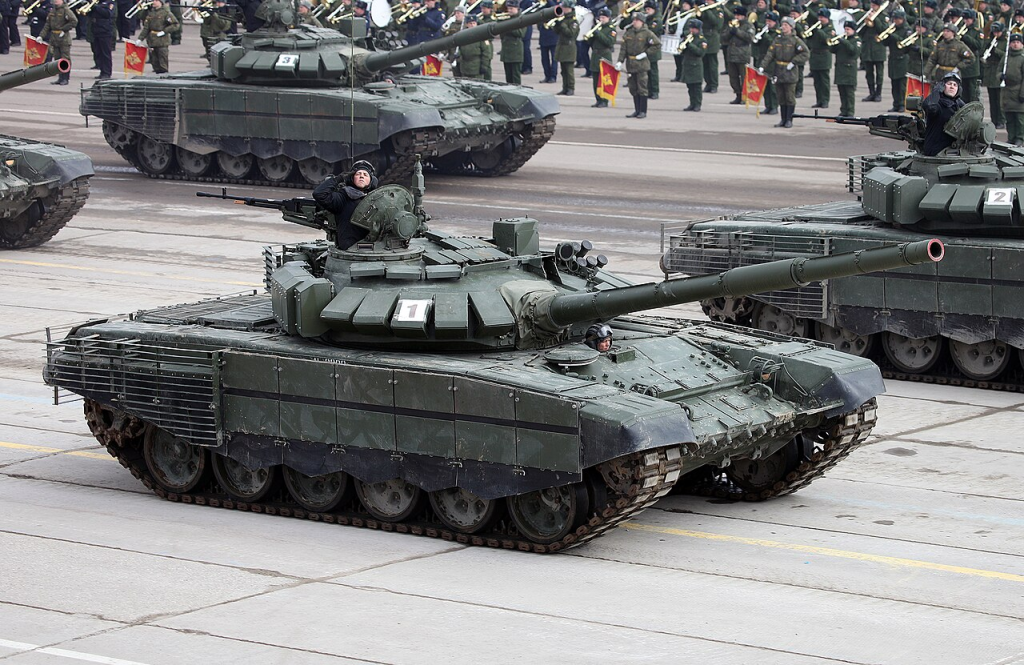
2. The T-72B Drain and De-Mechanisation
Satellite imagery analysis by OSINT analyst Jompy points to Russia depleting around 20 T-72Bs per month from the 1311th Central Tank Storage and Repair Base. At this rate, the base will be depleted next year. The majority of these hulls require major refurbishment, and once they are depleted, Russia will have T-62s and T-55s, together accounting for only 16% of pre-war stocks. This wears thin is accelerating Russian units’ “de-mechanisation,” which relies more and more on motorcycles, ATVs, or foot mobility, limiting their ability to make breakthroughs.
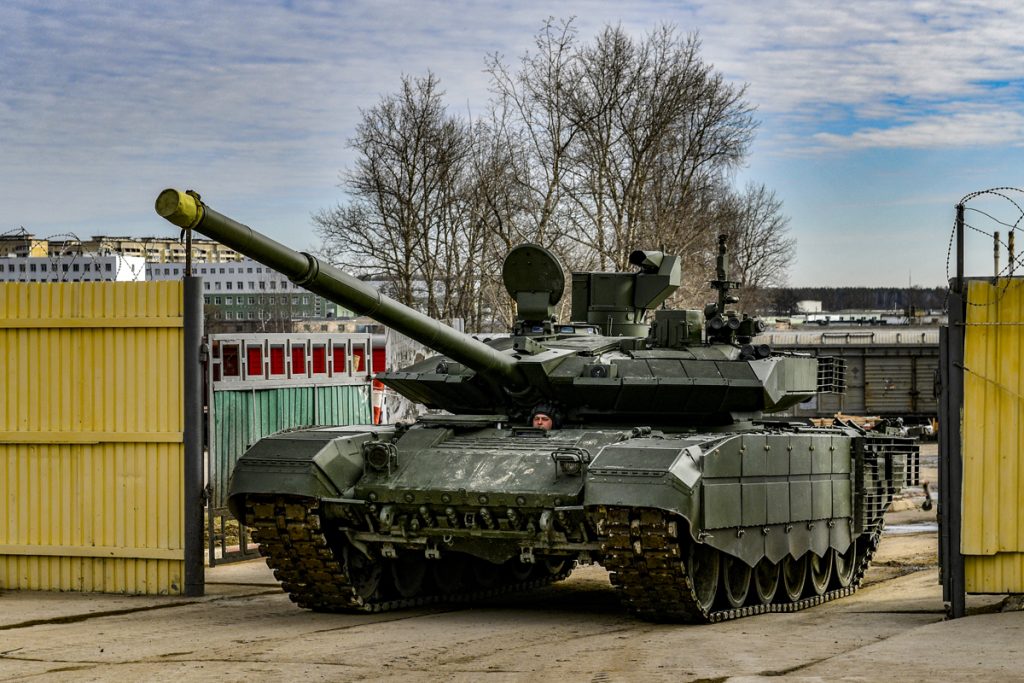
3. New Production: The T-90M Surge
The Uralvagonzavod plant has increased the production of T-90M “Proryv” from 60–70 vehicles in 2022 to up to 250–300 units in 2024. The T-90M features a new turret with multilayer armor, Relikt ERA, a 1,130-horsepower diesel engine, and the Sosna-U gunner sight. But even so, production can’t compensate for losses over 3,000 Russian tanks have been lost since 2022 and over 1,100 in 2024 alone. Most commentators note that many T-90Ms are withheld from Ukraine, possibly for some future emergency versus NATO.
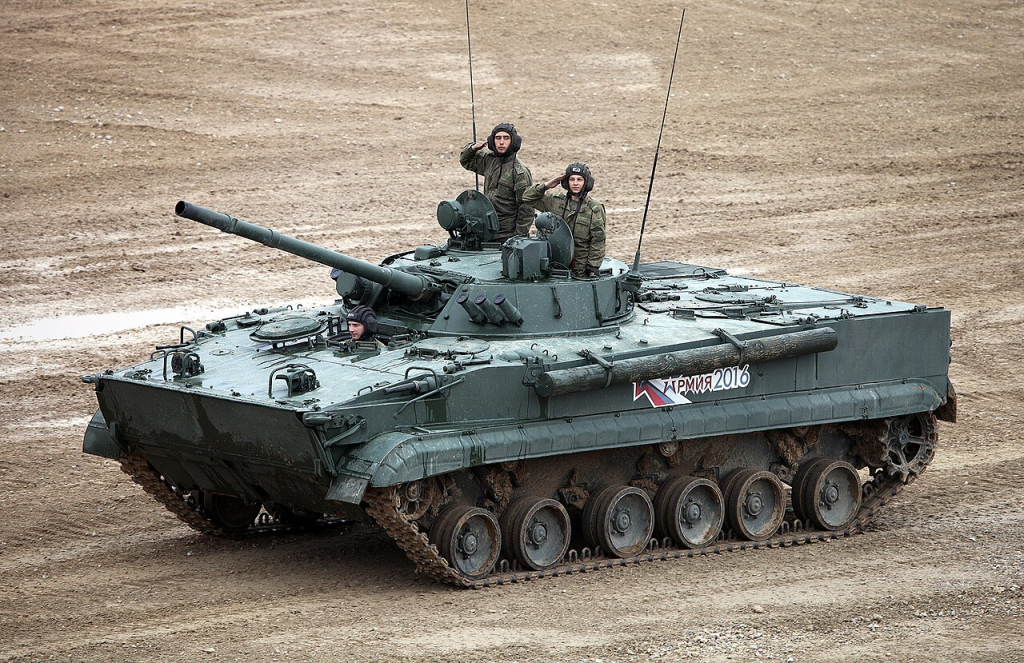
4. The Industrial Capacity Ceilings
Even with triple-shift production and new machine tools, Russian armoured vehicle production remains in straitjackets. The Kurganmashzavod factory, sole producer of BMP-3 infantry combat vehicles, turned out 463 in 2023, but only about 200 were produced new; the rest were overhauled. With 510 BMP-3s lost since 2022, production is far short of battle losses. Modernisation lines are also backed up by dwindling stocks of upgradeable T-90A hulls, perhaps fewer than 50 in storage.
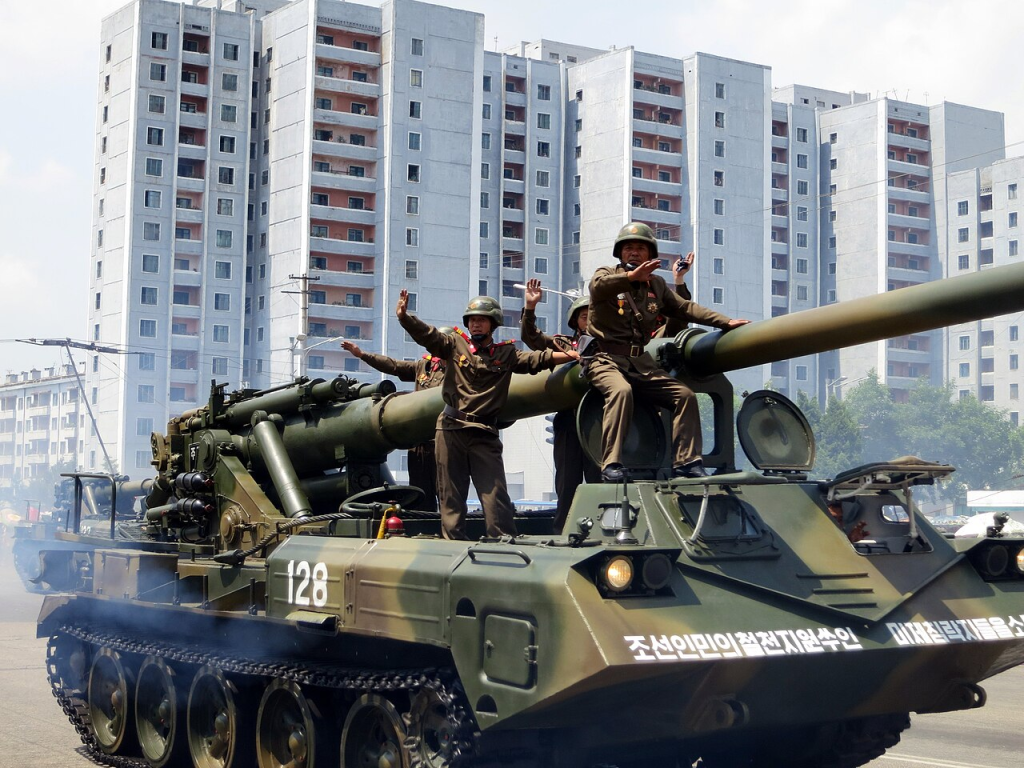
5. Foreign Lifelines: North Korean Aid
Moscow is turning more and more to Pyongyang as reserves dwindle. An estimated 20,000 containers of ammunition, some 12 million rounds, were exported by North Korea to supply up to 60% of the artillery needs of Russia. The imports range from 170 mm Koksan SPGs to 240 mm multi-rack launchers, and even short-range ballistic missiles. Ukrainian defence intelligence head Kyrylo Budanov warned that “the Russian military would not be able to prolong its war against Ukraine without the assistance of Pyongyang.” This political alignment jeopardises technology transfers that can support North Korea’s missile and drone programs.
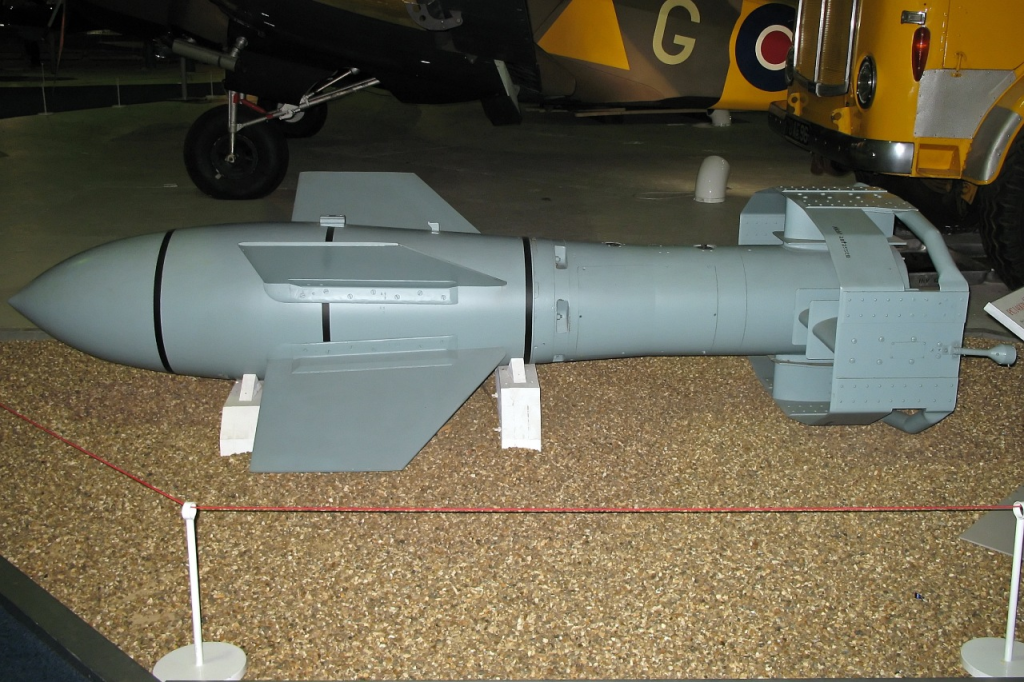
6. Tactical Shifts on the Battlefield
With fewer tanks to field, Russian troops are reduced to improvised solutions. ATVs and motorcycles are used for rapid infantry deployment as light mobility vehicles. Airborne-delivered glide bombs, low-value, wing-releasing munitions with satellite-guided warheads, are increasingly used to assault Ukrainian positions from stand-off ranges. These improvisations lack the shock effect and sustained firepower capabilities of combined-arms assaults conducted with concentrations of armour.
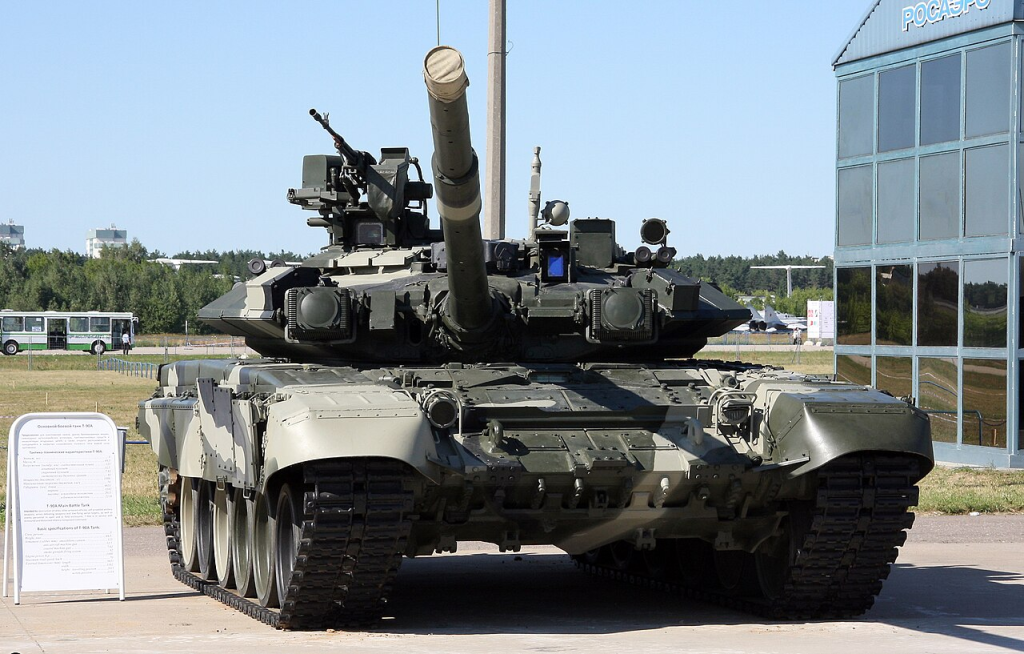
7. Attrition Warfare and Strategic Implications
The conflict has descended into a grinding endurance test of industrial fortitude. Russia’s slow gains on the battlefield, just 135 meters per day in Donetsk, were expensive in terms of matériel. CSIS accounts since January 2024 indicate Russia has lost 1,865 tanks, 3,098 infantry fighting vehicles, and 1,149 armoured fighting vehicles. Unless there is a sudden surge in production to 1,000 armoured vehicles per year, reserves can be exhausted in 12–18 months. This economic stress is compounded further by sanctions and the threat of further supply chain disruption.
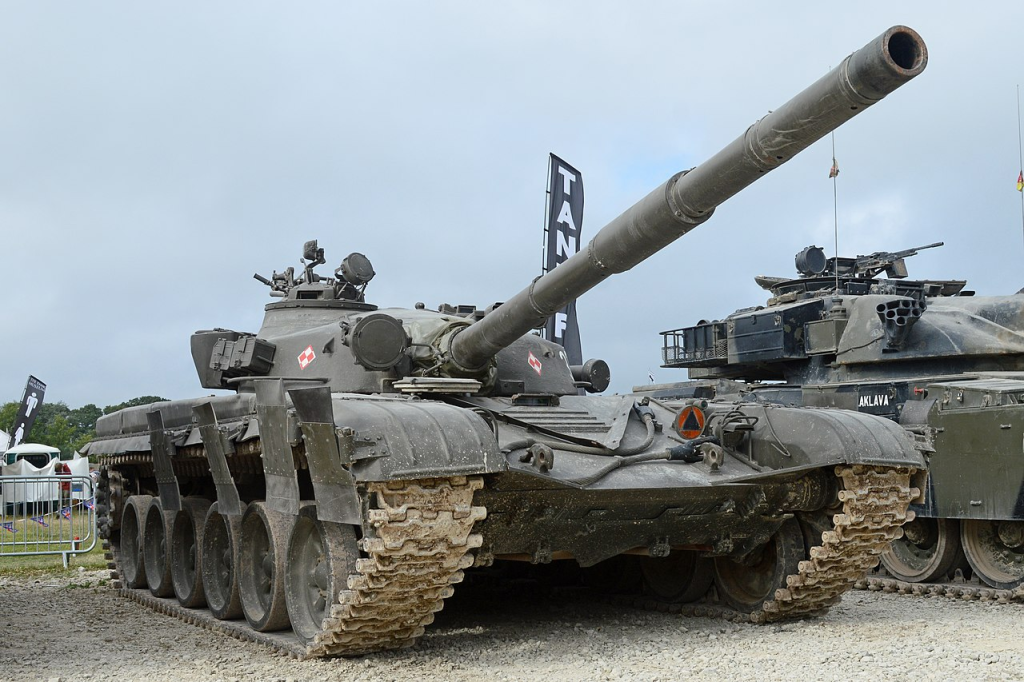
Russia’s armoured strength is therefore pinched between the rapid rate of burn of conventional platforms, the slow ramp-up of new production, and growing dependence on foreign suppliers. The running down of depots is a turning point: before long, the power of tanks on the battlefield will not be determined by what can be pulled from depots, but by only what Russian industry can manufacture under wartime rates.
